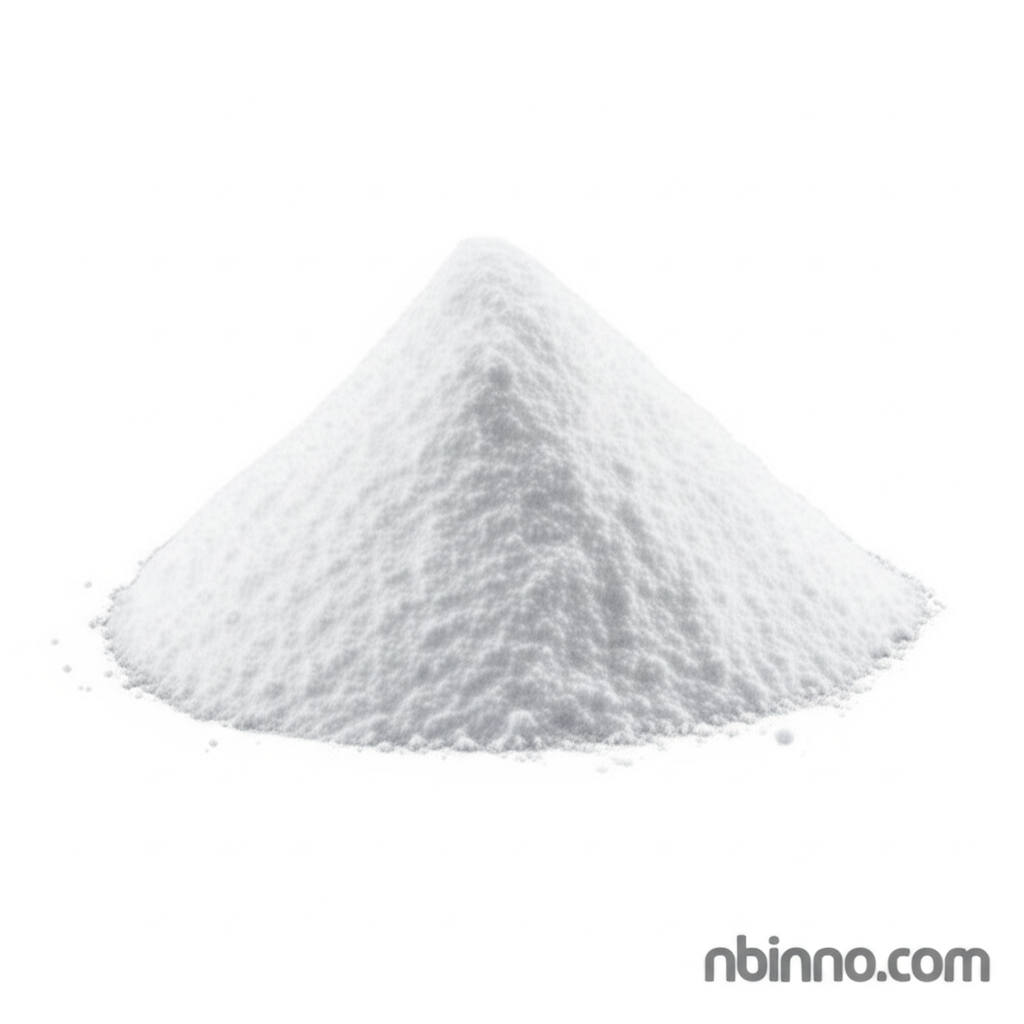Ranitidine Hydrochloride: Uses, Side Effects, and Market Status
An in-depth look at Ranitidine Hydrochloride, its medical applications, and the critical safety concerns that led to its market withdrawal.
Get a Quote & SampleProduct Core Value

Ranitidine Hydrochloride
Ranitidine Hydrochloride, known by trade names like Zantac, is a medication that historically played a significant role in managing gastrointestinal disorders by reducing stomach acid production. It acts as an H2 receptor antagonist, effectively blocking histamine's action on gastric parietal cells to decrease acid secretion.
- Understanding the ranitidine hydrochloride uses: This active pharmaceutical ingredient was widely prescribed and available over-the-counter for treating conditions such as peptic ulcer disease, gastroesophageal reflux disease (GERD), and Zollinger–Ellison syndrome.
- Key findings on ranitidine hydrochloride side effects: While generally well-tolerated, reported side effects included headaches, dizziness, diarrhea, and constipation. Rare but serious effects involved liver problems and cardiac disorders.
- The critical ranitidine hydrochloride recall: Concerns arose due to the probable carcinogen N-nitrosodimethylamine (NDMA) being found in ranitidine products, leading to widespread recalls and market withdrawals in the US, EU, and Australia.
- Exploring ranitidine hydrochloride drug interactions: Ranitidine Hydrochloride could interact with various medications, affecting their absorption or efficacy, including drugs like warfarin, procainamide, and certain antifungals.
Key Advantages and Considerations
Acid Secretion Inhibition
By effectively blocking H2 receptors, Ranitidine Hydrochloride provided significant relief from symptoms associated with excess stomach acid, offering a reliable solution for many patients seeking treatment for indigestion and ulcers.
Dual Availability
Its availability as both an over-the-counter and prescription medication made it accessible for a broad range of patients managing their gastrointestinal health, contributing to its widespread use.
Historical Efficacy
For many years, Ranitidine Hydrochloride was a cornerstone in managing acid-related disorders, demonstrating consistent efficacy in reducing stomach acid and alleviating symptoms, as supported by numerous studies on its ranitidine hydrochloride mechanism of action.
Key Applications
Gastrointestinal Ulcer Treatment
Ranitidine Hydrochloride was a primary treatment for active duodenal and gastric ulcers, helping to heal the damaged stomach lining by reducing acid exposure.
GERD Management
Patients suffering from Gastroesophageal Reflux Disease (GERD) found relief through Ranitidine Hydrochloride, which managed the symptoms of acid reflux and heartburn.
Heartburn and Indigestion Relief
For less severe symptoms like heartburn and indigestion, the over-the-counter formulations of Ranitidine Hydrochloride provided accessible relief.
Prevention of NSAID-Induced Ulcers
It was also used to reduce the risk of developing stomach ulcers in patients taking non-steroidal anti-inflammatory drugs (NSAIDs).
